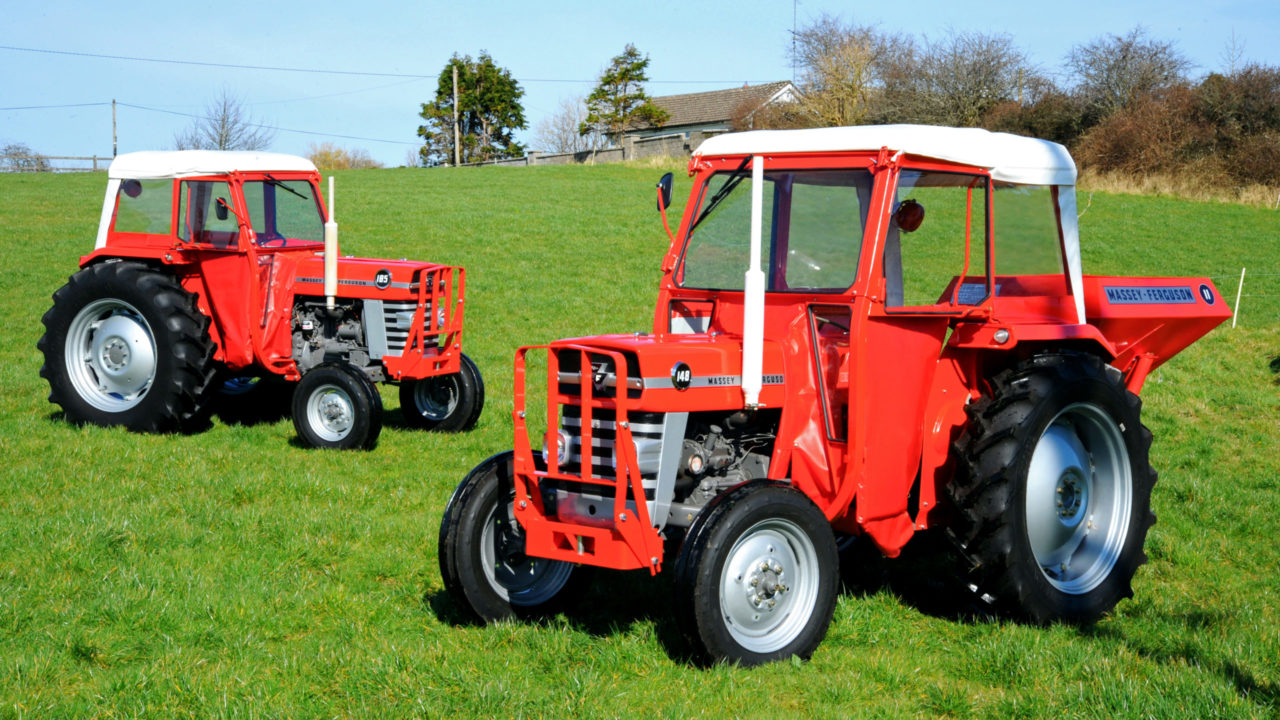There is a general agreement that the Harry Ferguson tractors of the post-war era were the most influential tractors ever produced.
All modern conventional tractors are now of the same layout and all have a three-point linkage, the geometry and functioning of which was invented by Harry Ferguson and his design engineer, Willie Sands.
Rapidly developing market
As we know, the tractors enjoyed huge success culminating in the Ferguson TO35 in the United States.
Despite this machine having 37hp on tap, it was a little long in the tooth and somewhat lacking in power by the mid-50s, a situation which needed to be urgently addressed.

The UK-based Ferguson engineers were planning to respond with the LTX project.
This was a promising 60hp tractor which would have been sold as the TE60 had Harry not sold out to the Canadians.

Ferguson's American designers, on the other hand, were busy with a totally revamped TE20 type tractor which went on to become the Massey Ferguson 35, launched a year earlier in the US than in the UK.
Harry Ferguson upsets the board
Adding to the colour of the times was the turmoil in the management ranks as Harry Ferguson tried to throw his weight around within the new company.
The Massey Harris board quickly tired of his petulance and wrung his resignation out of him, very much under protest from Ferguson.
It was a frantic period of change as the tractor was universally displacing draught animals throughout the world and the demand for extra horsepower was becoming stronger.

The new Massey Harris Ferguson company found itself very much on the back foot, yes, it had the little gem of a tractor, the TE 20, but that simply wasn't good enough in the expanding market.
Reappraising the range
A series of stopgap measures were taken to try and keep the company's range up to date. This included some badge engineering with tractors being bought in from Minneapolis Moline and Oliver to be sold through the dealer network.
Yet a long-term plan was being hatched. Known as the DX project, it kicked off in 1962 with the company allocating one million man hours to the development of six new tractors, which became known as the 100 series.

The best known of these in the UK and Ireland were the 45hp MF 135 and the 58hp 165, both of which went on to sell in vast numbers going head to head with the Ford 6X programme which got off to a poor start.
Bigger machines for US
The other MF machines included the bigger 1100 and 1130 models built in the US for the US market; they provided 104hp and 134hp respectively.

The age of marketing had, by then, firmly arrived and as the years passed, various other models were brought out, to fill niches in and around the early stalwarts.

These included the 148, the 168 and the 178; all were developments rather than radical new machines, major changes had to wait until 1978 when the 200 series with its revamped styling started appearing in the dealers yards.

